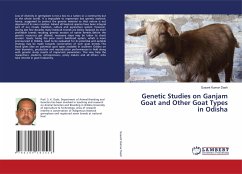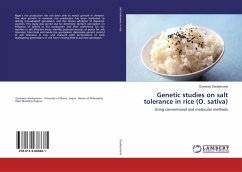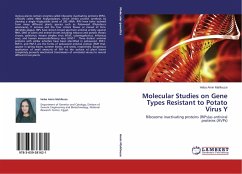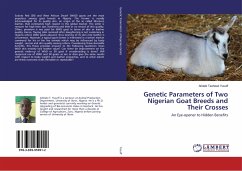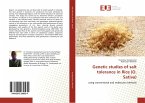Loss of diversity in germplasm is not a loss to a nation or a community but to the whole world. It is impossible to regenerate lost genetic material; hence, suggested to protect the genetic material so that nature is not deprived of its own creation. Almost all livestock species have been integral part of our rituals, tradition, culture and agriculture system. However, during last few decades many livestock breeds are being replaced by more profitable breeds resulting genetic erosion of native breeds. Before the genetic resources get diluted, necessary steps may be taken to check erosion. Goats, being the poor man's livelihood option, which is more pronounced in Odisha, need to be evaluated for its potential and suitable strategy may be made towards conservation of such goat breeds. This book gives idea on potential goat types available in southern Odisha on their biometric, production and reproduction performances in field along with genetic study results of important parameters. This may help the researchers, students, entrepreneurs, policy makers and all others, who take interest in goat husbandry.

